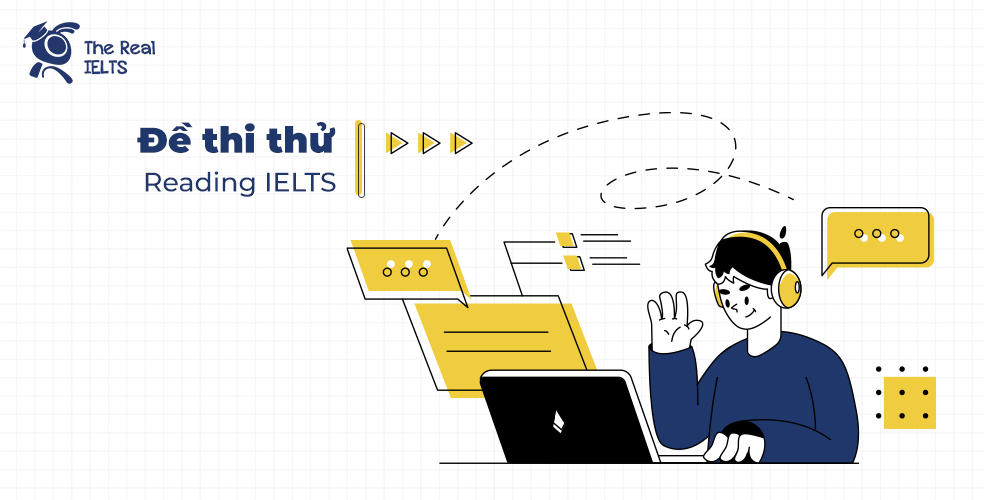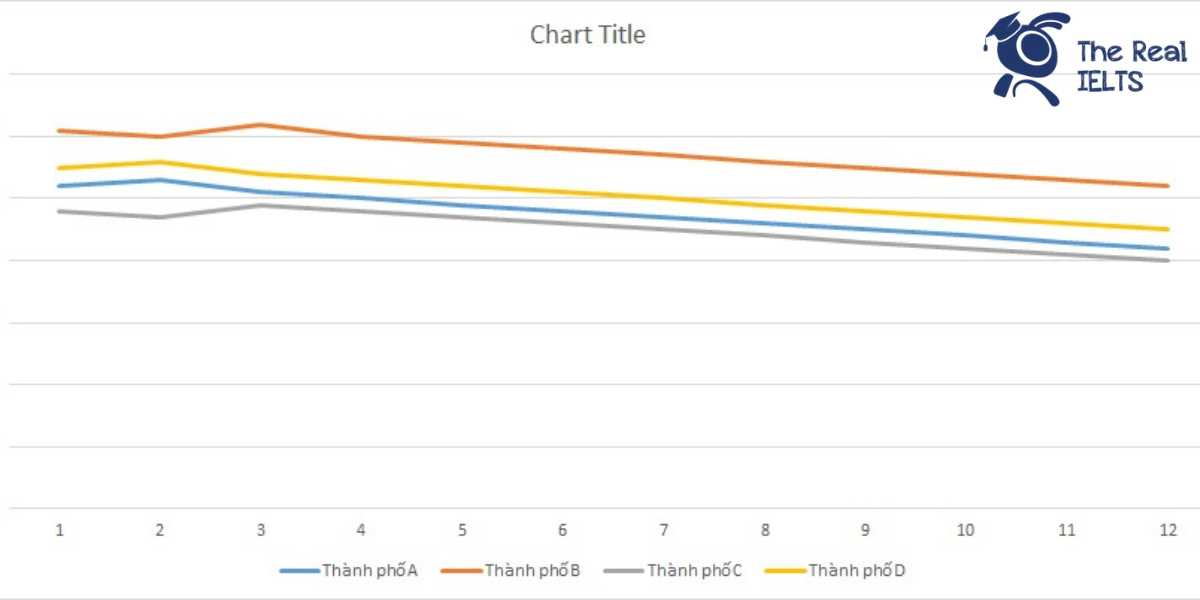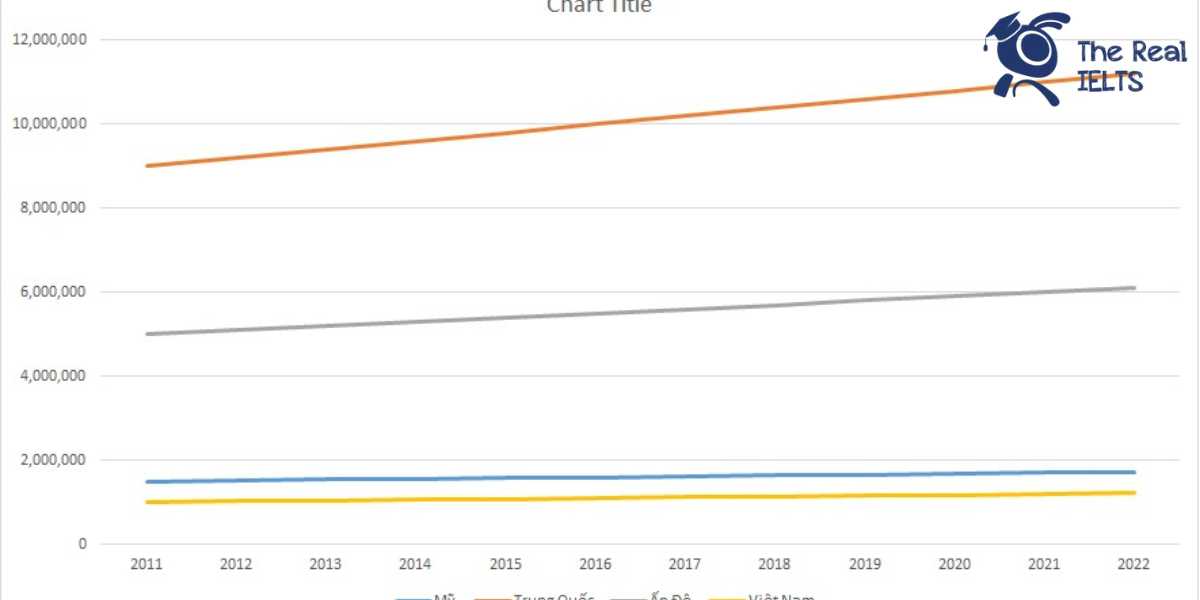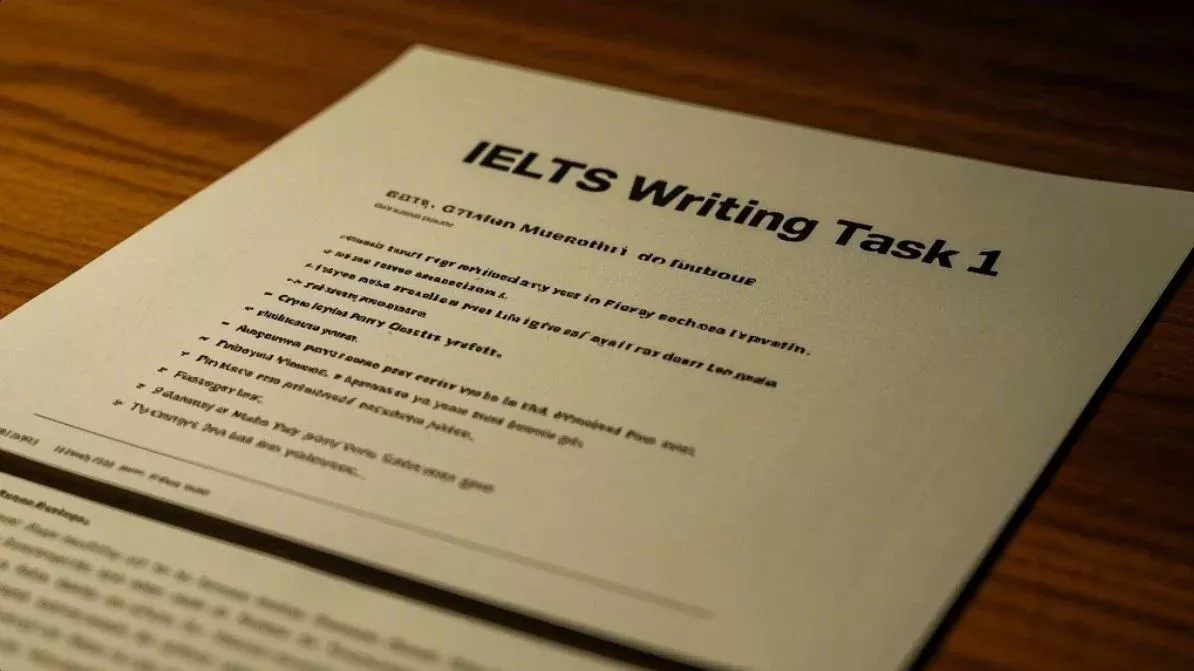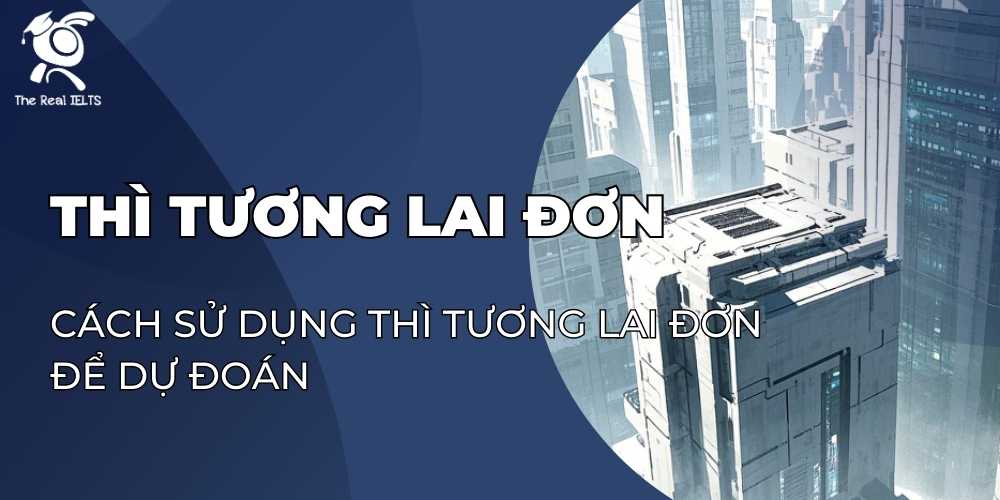Đề bài IELTS Writing task 2 dạng 2-Part consumption of meat
You should spend about 40 minutes on this task
The consumption of meat is decreasing in some countries. What are the reasons for this? How can people research this?
Write at least 250 words.
Giải mẫu đề luyện thi IELTS Writing
The consumption of meat is declining in some countries, a trend driven by several factors. This essay will examine the reasons for this shift and discuss how people can conduct research on this topic.
One significant reason behind the reduction in meat consumption is the growing awareness of health issues. Studies have linked excessive meat consumption, particularly red and processed meats, to various health issues such as heart disease, obesity, and certain types of cancer. Consequently, many people are choosing plant-based diets, considering them to be healthier alternatives. Another key factor is the increasing concern for animal welfare. Campaigns highlighting the cruelty and suffering endured by animals in industrial farming have prompted more individuals to reduce their meat intake or switch to vegetarian or vegan diets.
In addition to health and ethical concerns, environmental factors also play a significant role. Meat production is one of the leading causes of deforestation, water pollution, and greenhouse gas emissions. As awareness of these environmental issues spreads, many people are opting for more sustainable and eco-friendly diets that minimize the negative impact on the planet.
To research this phenomenon, individuals can explore various approaches. First, surveys and questionnaires can be conducted to understand people’s motivations for reducing meat consumption. These could include questions on dietary habits, awareness of environmental impacts, and attitudes toward animal welfare. Another method is analyzing statistical data on meat consumption trends over time. Governments and food industry reports often provide insights into how dietary habits are changing in specific regions. Additionally, conducting interviews with experts, such as nutritionists, environmentalists, and sociologists, can offer in-depth perspectives on this shift.
In conclusion, the decline in meat consumption is driven by concerns about health, animal welfare, and the environment. While this trend continues to grow, research methods such as surveys, data analysis, and expert interviews can provide valuable insights into the reasons behind it. Though I agree that meat consumption is declining in some countries, I believe it is important to recognize that the extent of this change varies significantly across different regions and cultures.
Thống kê cấu trúc câu và cấu trúc ngữ pháp
1. Cấu trúc câu và ngữ pháp:
- Simple Sentence (Câu đơn):
- “This essay will examine the reasons for this shift and discuss how people can conduct research on this topic.”
- “Meat production is one of the leading causes of deforestation, water pollution, and greenhouse gas emissions.”
- Compound Sentence (Câu ghép):
- “Consequently, many people are choosing plant-based diets, considering them to be healthier alternatives.”
- “Campaigns highlighting the cruelty and suffering endured by animals in industrial farming have prompted more individuals to reduce their meat intake or switch to vegetarian or vegan diets.”
- Complex Sentence (Câu phức):
- “One significant reason behind the reduction in meat consumption is the growing awareness of health issues.”
- “As awareness of these environmental issues spreads, many people are opting for more sustainable and eco-friendly diets that minimize the negative impact on the planet.”
- Compound-Complex Sentence (Câu ghép phức):
- “While this trend continues to grow, research methods such as surveys, data analysis, and expert interviews can provide valuable insights into the reasons behind it.”
2. Cấu trúc ngữ pháp:
- Present Simple (Hiện tại đơn): Được sử dụng để mô tả thực tế và tình trạng hiện tại.
- “This trend continues to grow.”
- “People can conduct research on this topic.”
- Present Continuous (Hiện tại tiếp diễn): Dùng để mô tả xu hướng đang diễn ra.
- “Many people are choosing plant-based diets.”
- Passive Voice (Câu bị động):
- “Studies have linked excessive meat consumption, particularly red and processed meats, to various health problems.”
- “Surveys and questionnaires can be conducted to understand people’s motivations.”
- Relative Clauses (Mệnh đề quan hệ):
- “Another method is analyzing statistical data on meat consumption trends over time.”
- “Governments and food industry reports often provide insights into how dietary habits are changing in specific regions.”
3. Từ nối câu và đoạn:
- Từ nối giữa các đoạn:
- “One significant reason behind…”
- “In addition to health and ethical concerns…”
- “To research this phenomenon…”
- “In conclusion…”
- Từ nối trong các câu:
- “Consequently”: Kết quả là
- “Another key factor is”: Một yếu tố quan trọng khác là
- “As awareness of…”: Khi nhận thức về…
- “First”: Thứ nhất
- “Another method is”: Một phương pháp khác là
- “Additionally”: Ngoài ra
- “Though…”: Mặc dù
Các từ vựng tiếng Anh cần lưu ý trong bài viết
- Consumption: Sự tiêu thụ
- Declining: Giảm sút
- Awareness: Nhận thức
- Health issues: Các vấn đề sức khỏe
- Excessive: Quá mức
- Linked: Liên kết
- Red and processed meats: Thịt đỏ và thịt chế biến sẵn
- Heart disease: Bệnh tim
- Obesity: Béo phì
- Cancer: Ung thư
- Plant-based diets: Chế độ ăn dựa trên thực vật
- Alternatives: Các lựa chọn thay thế
- Animal welfare: Phúc lợi động vật
- Industrial farming: Nông nghiệp công nghiệp
- Suffering: Sự đau đớn
- Vegetarian: Người ăn chay
- Vegan: Người ăn thuần chay
- Environmental factors: Các yếu tố môi trường
- Deforestation: Phá rừng
- Water pollution: Ô nhiễm nước
- Greenhouse gas emissions: Phát thải khí nhà kính
- Sustainable: Bền vững
- Eco-friendly: Thân thiện với môi trường
- Surveys: Các cuộc khảo sát
- Questionnaires: Bảng câu hỏi
- Motivations: Động lực
- Dietary habits: Thói quen ăn uống
- Statistical data: Dữ liệu thống kê
- Trends: Xu hướng
- Regions: Khu vực
- Interviews: Các cuộc phỏng vấn
- Experts: Các chuyên gia
- Nutritionists: Chuyên gia dinh dưỡng
- Environmentalists: Nhà bảo vệ môi trường
- Sociologists: Nhà xã hội học
- Perspectives: Quan điểm
- In-depth: Sâu sắc
- Insights: Hiểu biết sâu sắc
- Extent: Mức độ
- Cultures: Văn hóa
Đọc thêm bài viết: Cách làm bài thi IELTS Writing Task 2.




